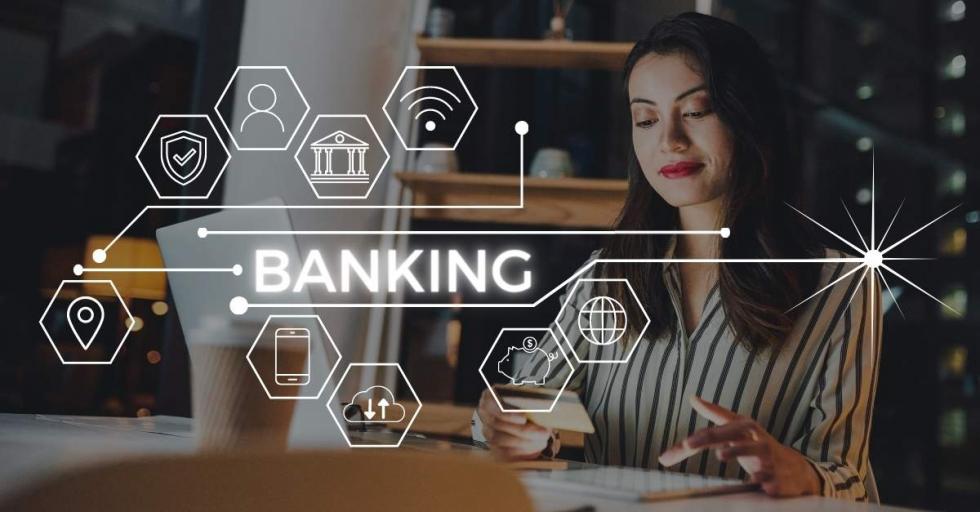
Open Banking: Transforming the Financial Industry
Open banking is transforming traditional banking into a broad marketplace of services placing the customer in the driver seat. It creates new opportunities for consumers to freely integrate neobanks, challenger banks, or fintechs into their banking.
Open banking is a secure way to give digital financial service vendors access to your banking information. That may sound risky, but it's actually a much more agile way of banking, and with the same strict security standards as online banking, it’s just as safe.
Open banking is supported by regulation in both Europe and the US. The regulatory framework establishes that control and ownership of personal financial data belongs to the customer. This opens up the market to a variety of tools and services that traditional banking may not be able to offer.

At a high level there are three key major features:
Account integration: Real-time synchronization of a customer's traditional bank accounts with third-party digital tools and services.
Compliant identity management: Validation and authentication of a customer’s identity.
Transaction initiation: A solution that allows the safe, direct, and real-time movement of funds with a layer of AI for automation.
There are many more features such as solutions to carry out securities transactions, open or manage retirement plans, originate or manage loans, purchase or manage insurance and transact with eCommerce portals. Some examples:
Foreign currency: Purchase and manage transactions in foreign currency in real-time.
Dynamic Digital Wallets: Real-time access to customer’s funds from multiple sources, giving the customer more options to complete a payment.
Digital Escrow: Real-time escrow transactions.
Alternative Credit Evaluation: Rating based on factors other than just FICO scores, such as cash flow history or asset management.


The major difference is in how these services are accessed. Many financial institutions have APIs that allow integration, but many others don’t yet or they may just have it for a select number of third party services. The industry is working towards standardization so that third party service vendors can integrate with a larger number of banks. As more technologies and services become integrated with regular banking, new services that rely on the real-time constant access to customer’s banking data will appear. For example:
1. Artificial Intelligence (AI) plays a crucial role in risk analysis, which can expand the lending market into products that normally are not commercially viable, such as instant and partial paycheck advances.
2. Tokenization lowers the risk for many transactional processes and allows customers to carry out certain transactions that were traditionally not safe. For instance, exchanging financial assets without triggering the sale of actual security.
3. Digital wallets reduce transaction costs between consumer and merchant, by providing an alternative to payment via credit card, which charges a commission to the merchant. These savings can now be transferred to the consumer.
4. Digital escrow in real-time can reduce or eliminate legal costs in asset transfers, while simplifying and speeding up the transaction. This would greatly reduce costs, allowing vendors like a plumber or mechanic access to escrow transactions to ensure the vendor gets paid upon completion.

The technological disruption cannot be attributed to one technology, but rather to the convergence of various technologies. The same is true for the service solutions, many of them don’t yet exist, but as the market adopts a growing number of open banking solutions, never seen before products and services will emerge. Both individuals and businesses stand to benefit from this transformation. Banking has always been a crucial aspect of our economies, and open banking is a major leap forward in making it more efficient. Banks will also benefit, first by being able to expand their offerings and secondly by being able to focus on the aspects of banking that are reserved to qualified financial institutions, such as financial asset securitization or borrowing from the Fed.
Are you ready for open banking? Have you evaluated how this opportunity can make a difference in your business? Talk to us and discover how you can be ready to leverage open banking. Our capabilities at Opentrends cover all strategy, design, and technology aspects of your open banking journey.





